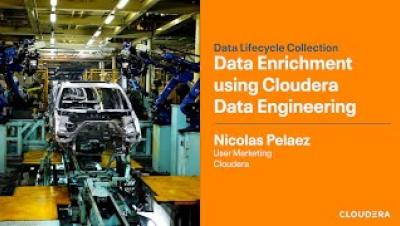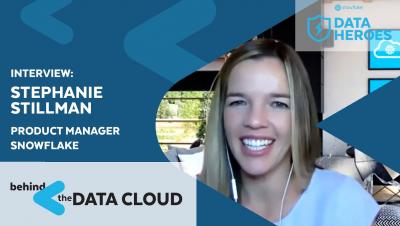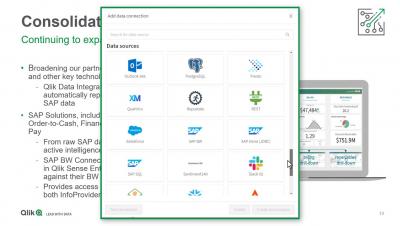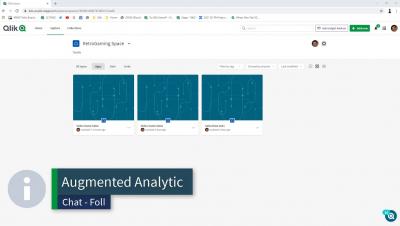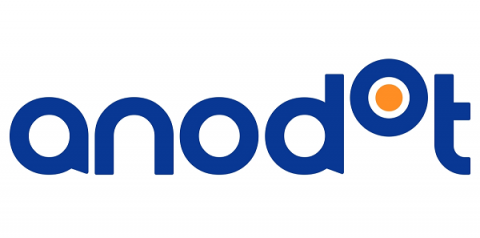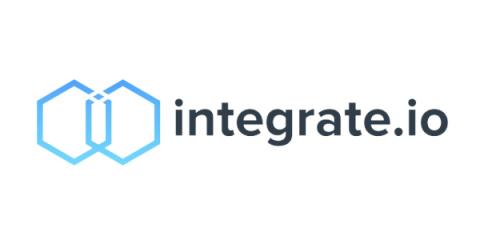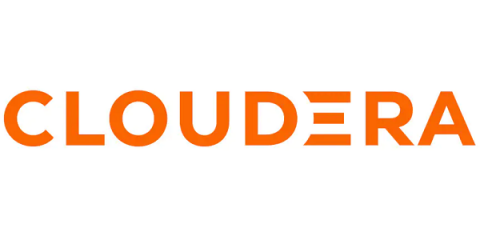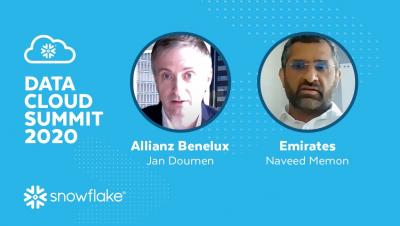Systems | Development | Analytics | API | Testing
BI
Stephanie Stillman Talks About Data Sharing And The Data Marketplace | Behind the Data Cloud
What's New Summary - Qlik Data Analytics - February 2021
What's New - February 2021 - Feature Demonstration
Architecting a data lineage system for BigQuery
Democratization of data within an organization is essential to help users derive innovative insights for growth. In a big data environment, traceability of where the data in the data warehouse originated and how it flows through a business is critical. This traceability information is called data lineage. Being able to track, manage, and view data lineage helps you to simplify tracking data errors, forensics, and data dependency identification.
15 of the Best Data Analytics Tools of 2021
The importance of effective data analytics within an organization is widely accepted by business leaders at this point. With use cases for data analysis spanning every department—from IT management, financial planning, marketing analytics, and so on—the right data analytics tools can have a significant impact on a company’s profitability and growth.
Stitch vs. Talend vs. Xplenty: A Head-to-Head Comparison
Five differences between Stitch, Talend, and Xplenty: Organizations store data in many destinations, making that data difficult to analyze. Legacy systems, SaaS locations, in-house databases, apps, you name it — by storing data in all kinds of places, companies can complicate data analytics considerably. Storing data in a warehouse or a lake makes more sense.
Cloudera Operational Database application development concepts
Cloudera Operational Database is now available in three different form-factors in Cloudera Data Platform (CDP). If you are new to Cloudera Operational Database, see this blog post. And, check out the documentation here. In this blog post, we’ll look at both Apache HBase and Apache Phoenix concepts relevant to developing applications for Cloudera Operational Database.
Joining the Data Cloud
Using COD and CML to build applications that predict stock data
No, not really. You probably won’t be rich unless you work really hard… As nice as it would be, you can’t really predict a stock price based on ML solely, but now I have your attention! Continuing from my previous blog post about how awesome and easy it is to develop web-based applications backed by Cloudera Operational Database (COD), I started a small project to integrate COD with another CDP cloud experience, Cloudera Machine Learning (CML).


